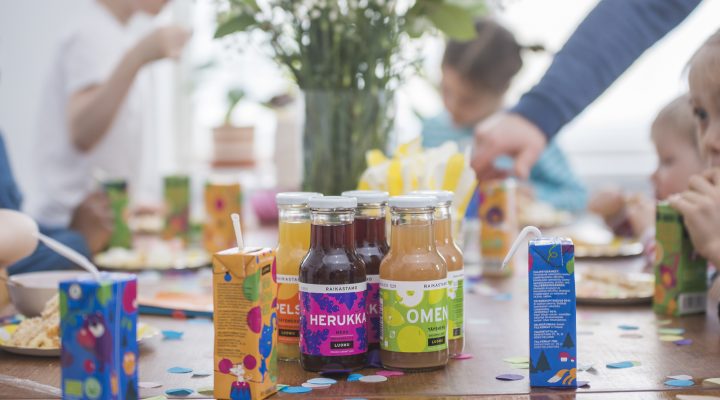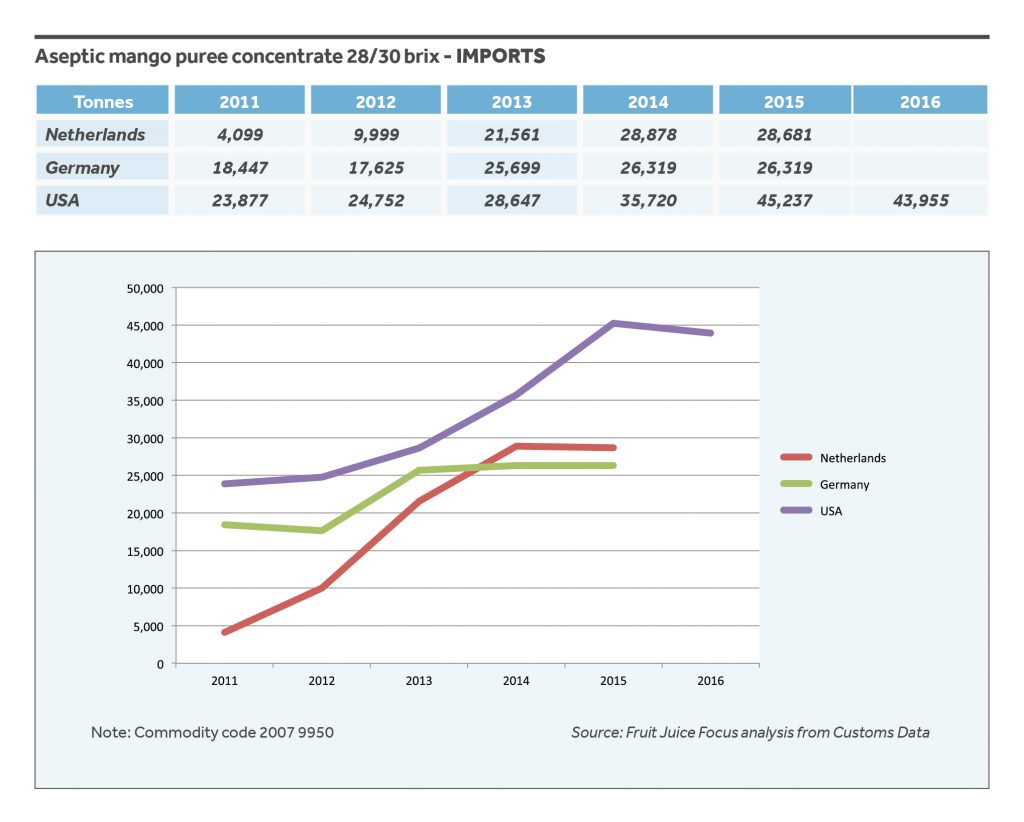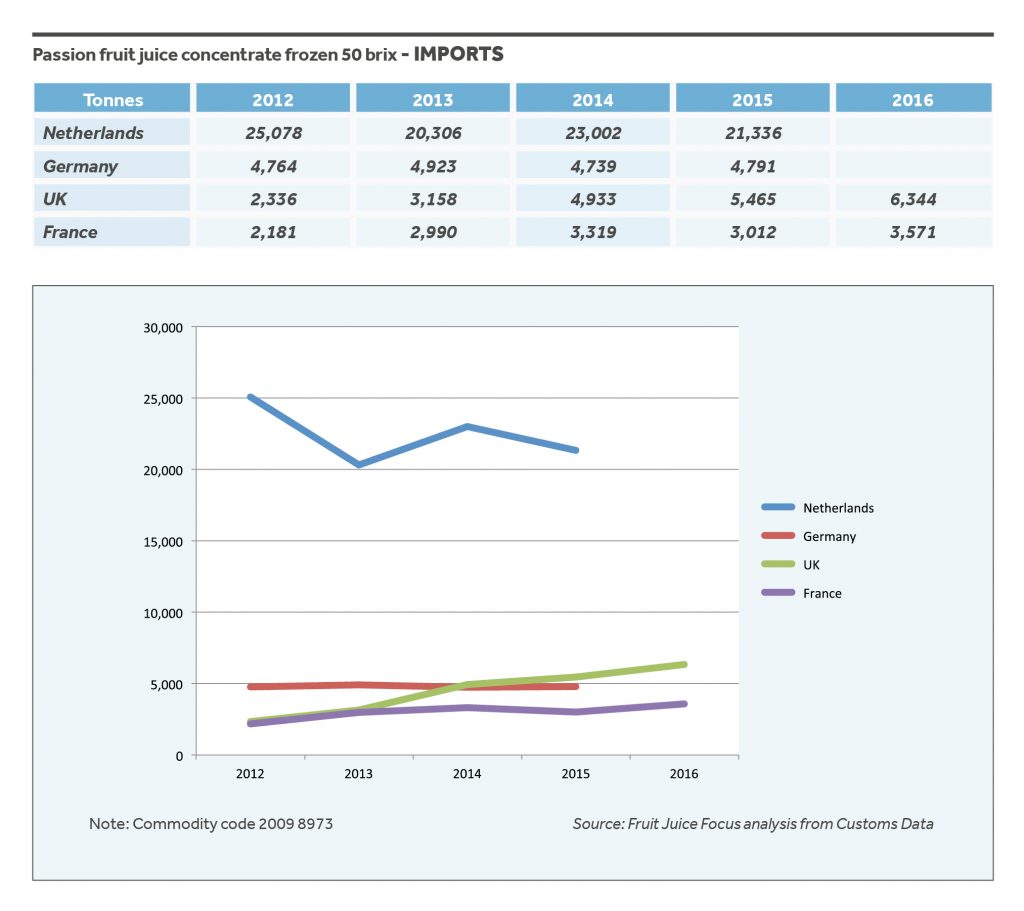Fruit Juice Focus talks with Jyri Kähönen CEO of Raikastamo (aka Freshery Drinks) about their journey from small beginnings to being one of Finland’s leading organic fruit juice producers
The market for organic fruit juices in the Nordic region is on fire. There is huge awareness and demand at present and growth shows no signs of slowing down. In Sweden the organic market grew by 25% in 2015 and in Finland growth levels were at 12% whereas the conventional groceries market in Finland managed only 0.3% growth in the same period according to the Finnish Organic Food Association.
Raikastamo are one of Finland’s leading organic fruit juice producers and their products can now be spotted in the best cafes and shops across Finland and neighbouring Nordic countries.
Fruit Juice Focus (FJF): Can you tell us a little bit about your company and why you entered the organic fruit juice market?
Jyri Kähönen (JK): Raikastamo got started from very small beginnings – we were six friends who started pressing apple juice from an apple orchard in Southern Finland. We were lucky to win the prize for the Best Finnish Organic Product in our first year of operation. That’s when things got rolling.
At the moment we are growing fast – now we are operating in three categories in premium organic bottled juice drinks for HoReCa, children’s organic juice drinks and organic carbonated sodas. During 2017 we will launch a range of 1 litre organic juice drinks for the retail market and a new craft soda brand. We have achieved a steady foothold in the Finnish retail market and are in the process of expanding to other Nordic markets. In the international market we operate under brand name Freshery.
The organic market provided us a point of entry to the market as a whole. There was still space for a small organic player such as ourselves between the big established players like Valio, Refresco Finland and Eckes-Granini. Also the Minimum Order Quantities (MOQs) for organic ingredients are usually much smaller than for conventional products. That enabled us to source from the global market in the first place – the minimum quantities for conventional products would have been overwhelming for us in the beginning.
FJF: How do you as a company and your products achieve organic status? Is there a certification process?
JK: The organic certification process is strict. It is supervised by the national and EU supervision authorities. In Finland the certification is granted by The Finnish Food Safety Authority and the licence is audited annually. The Finnish Customs run random laboratory tests on a regular basis to check for traces of pesticides and other forbidden ingredients from the raw materials we use and the finished products we sell.
FJF: How and where do you source your organic raw materials, or do you grow them yourselves? Can supply keep up with demand?
JK: The Finnish domestic supply does not satisfy our need. We are also operating with citrus and other more exotic fruits for which there is no supply from the local market. We source our supply from the global market via agents and also directly from the supplier of the raw materials.
The annual alternation of the crop levels in organic farming is much more volatile than in conventional farming because of the smaller scale and because no pesticides or fertilizers are allowed which means that we have to be constantly reviewing our sources of supply. So far we have been able to satisfy our needs but as we are expanding we might face challenges in the future on that side as well.
FJF: What challenges has your company faced and how have you been able to overcome them?
JK: The awareness for organic products in the Nordic market is on a good level. Luckily the days when it was necessary to educate or convince the consumers are over. Now we are able to focus on developing our brand and sales in a far more receptive market.
The big question with the retailers is always the price point. The organic ingredients and raw materials bear a higher price in comparison with conventional ingredients and raw materials and that, naturally, has an effect on the consumer price point as well. The only way to justify the higher price point is to focus on quality and the strong brand.
From the beginning we have considered marketing as our core competence. In our team we have a television commercial director and an industrial designer, and one of the founding partners was a director for consumer experience in a major IT company. Therefore we had a strong orientation on marketing and brand building from the onset. I believe that is what differentiated us from the other small, production-orientated players.
FJF: How do you see the organic market developing, and you as a company within the organic space?
JK: As a small, growing company we plan to work market by market. At the moment we are focusing on the Nordic market. There is still plenty of work and room for development for us here. Having said that, we are always open to discussion if the right distributor should walk in from some other territory.
Image credits: Antti-Jussi Rantala







